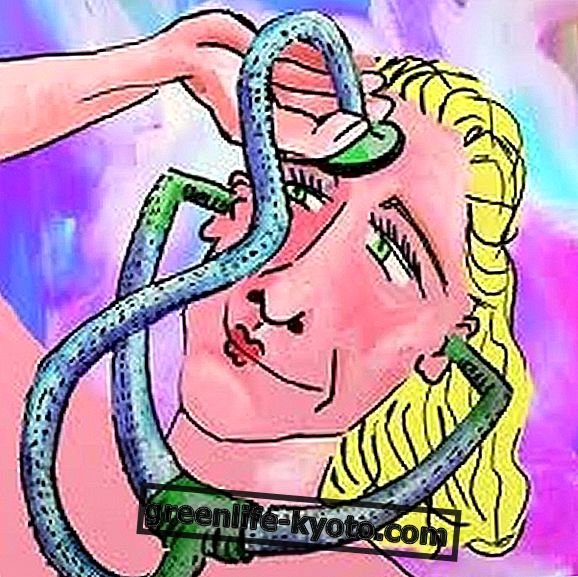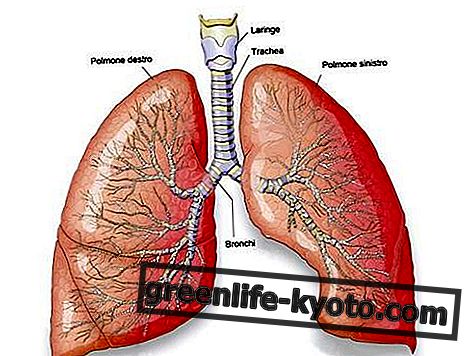
Listening is something that reveals much of our way of seeing the world and approaching others and it is also always observable as some motor behaviors, some gestures are real clues to the way we have to listen to ourselves and others.
Sound stimuli have the power to inform us, influencing development and mood but also the approach to events.
Let's look closely at a method that can stimulate and increase internal resources through music and vocal reproduction .
The story of Alfred Tomatis
Alfred Tomatis left us in 2001 and was an otolaryngologist who gave much of his life and his professional career to deepening the connection between ear, language and behavior ; he was the creator of the method that for professionals is defined as an audio-psycho-phonological method, on which he has worked since the 1950s.
The son of an opera singer, he combined the collaboration of his father's artists with his sincere and lively scientific research. He worked for the Aviation on behalf of the Ministry of Labor by studying the professional deafness of the workers of the Military Arsenals; it was in this environment that he understood a fundamental truth for the development of his method: what cannot be heard becomes impossible to reproduce .
Tomatis had in fact noticed that the frequencies that the voice fails to emit are the same that the ear does not perceive clearly . This inability can be linked to emotional trauma, physical, accidents, but also repeated habits of behavior not useful for the well-being of the whole body-mind system. If this situation continues and continues over time , stress, irritability, behavioral disorders and depressive states may arise .
It was a totally innovative approach to hearing impairments that he organized in 1947 in sentences and basic assumptions:
- The voice contains only the sounds that the ear can perceive ;
- If the listening is modified, the voice is immediately modified in an unconscious way;
- The phonation can be permanently transformed if the auditory stimulation is maintained for a certain time.
In sisntesi those who undergo treatment use headphones through which pass filtered sounds; after a certain number of repetitions, one passes to the vocal reproduction of the sounds heard. Listen to Mozart, Gregorian chants and melodies with the rhythm of the breath .
In the book Why Mozart Tomatis explains well what are the reasons behind the choice of this composer. If you are curious about it, it is worth reading also The Mozart Effect written by Don Campbell and published on behalf of Baldini and Castoldi. Listening passes from an aquatic type of sound to an airplane type in a given phase that is called "sonic delivery" .
You may also be interested in the article on Schulz von Thun and the four ears with which we perceive the world
The benefits of the Tomatis Method
There are very many fields of application of the method, since years of study of the results have confirmed how the benefits extend to a wide range of users with various imbalances and disharmonies of different origins .
For example, the Tomatis Method is useful in the treatment of cases of attention deficit and concentration (ADD and hyperactivity) . It is then used as a complementary method to work disciplines on psychomotor coordination and development, in cases of difficulty in social interaction and insecurity, in autism and delay in language development, in Down syndrome and in what is called psychological deafness.
The method gives benefits to pregnant women and improves the performance of athletes and artists in various creative fields.
Become an operator of the Tomatis method
The route for those who want to become an operator includes 2 levels (4 courses of 2 weekends each). A first level is aimed at all those who want to be introduced to the method and includes a 3-day audio-voice workshop on the voice, a practical theoretical course and 70 hours of personal sessions.
The second level is open to doctors, psychologists, pedagogists, logopdists and teachers. With respect to the first level, a project and an area of application of the method related to one's profession are created. After completing the course with the certificate of participation, it is possible to buy the equipment in order to start working.













